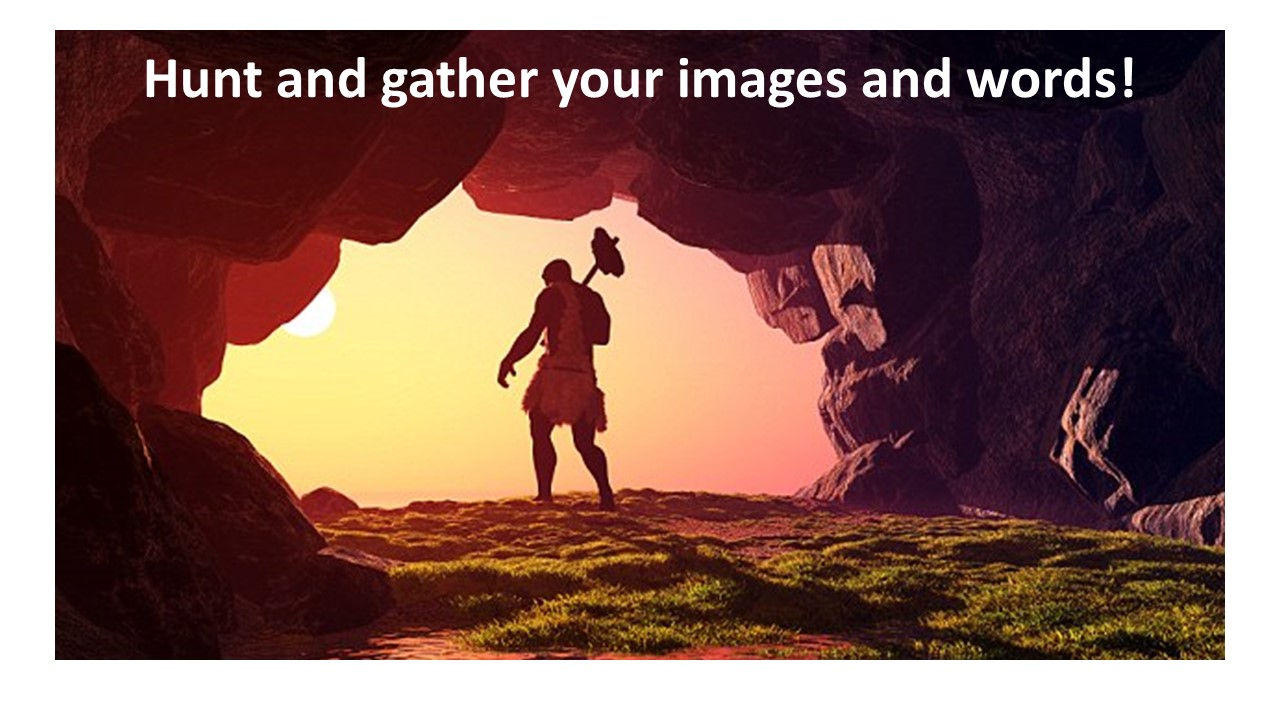
Ever got to the end of a research project and thought, “I really wish I had got that photo (or video, or interview)!”
We can often think this after the opportunity has past, never to be repeated.
Ever been approached by a journalist who asks, “have you got a good image (or video) to show that?” – and you haven’t got one from your project, and need to rely on a ‘stock’ image from the internet?
How can we better manage or prevent these situations, and have these resources available?
Research projects not only generate a lot of information and knowledge, but they also create personal stories that can effectively illustrate parts of the project, stories that often only arise during the project.
To address these issues, we can implement activities to:
- better gather research stories;
- present these stories effectively to strategic, relevant audiences;
- improve the outcomes and impact of the research project.
So how do we do this? As researcher or research manager, you can:
- Make communication part of your project planning. By thinking through what we want to show or talk about early in the research process, we can do little things like get permissions from research participants to include their images in a video or photo while obtaining their consent to participate in a project (where appropriate). This reduces extra paperwork and emails for both you and your participants. Consider this also if you need to include this item in your ethics application! Read my thoughts on “Why plan communication about research”.
- Remember your research goals, or even print and pin them above your work space. These can remind you of possible actions such as snapping a photo or recording an interview before they occur, and remind you to take such simple steps as re-charging your smartphone or organising a suitable venue for that interview.
- Remember why your research is important to your audiences, especially the “3Hs” – head, heart and hip pocket – and what grabs or ‘hooks’ the attentions of your audiences. Read more in “What makes a good research story”.
- Think impact. If you record an illustrative personal story and include it with your extensive data, it can bring those numbers and relations between them to life. It also helps future research users understand how your research can be used and why it is useful, and can be used in reporting to research funding bodies.
- Seize opportunities. If you see a great image that could illustrate aspects of your research while driving to your next research stop, stop and get it if you can. It might be your last chance. Be flexible and plan some extra time to get those shots when you are ‘on site’. And store them carefully so they can be found later.
Researchers and project managers have vital roles to play in communication. The production of better communication about a research project often relies on what images and sounds they can provide to those communication professionals who assist them – research writers, media interviewers or video makers.
It also presents future research users with opportunities to comment on or even further distribute the research, particularly through social media.
And in these days where research outputs and outcomes are not enough for funding agencies, these personal stories are becoming increasingly vital in illustrating research impact.
We just have to remember to get and store them!
For assistance in helping gather your research stories, you can contact The Comms Doctor® via email at contact@thecommsdoctor.com.au, or read or hear more on The Comms Doctor® website.

